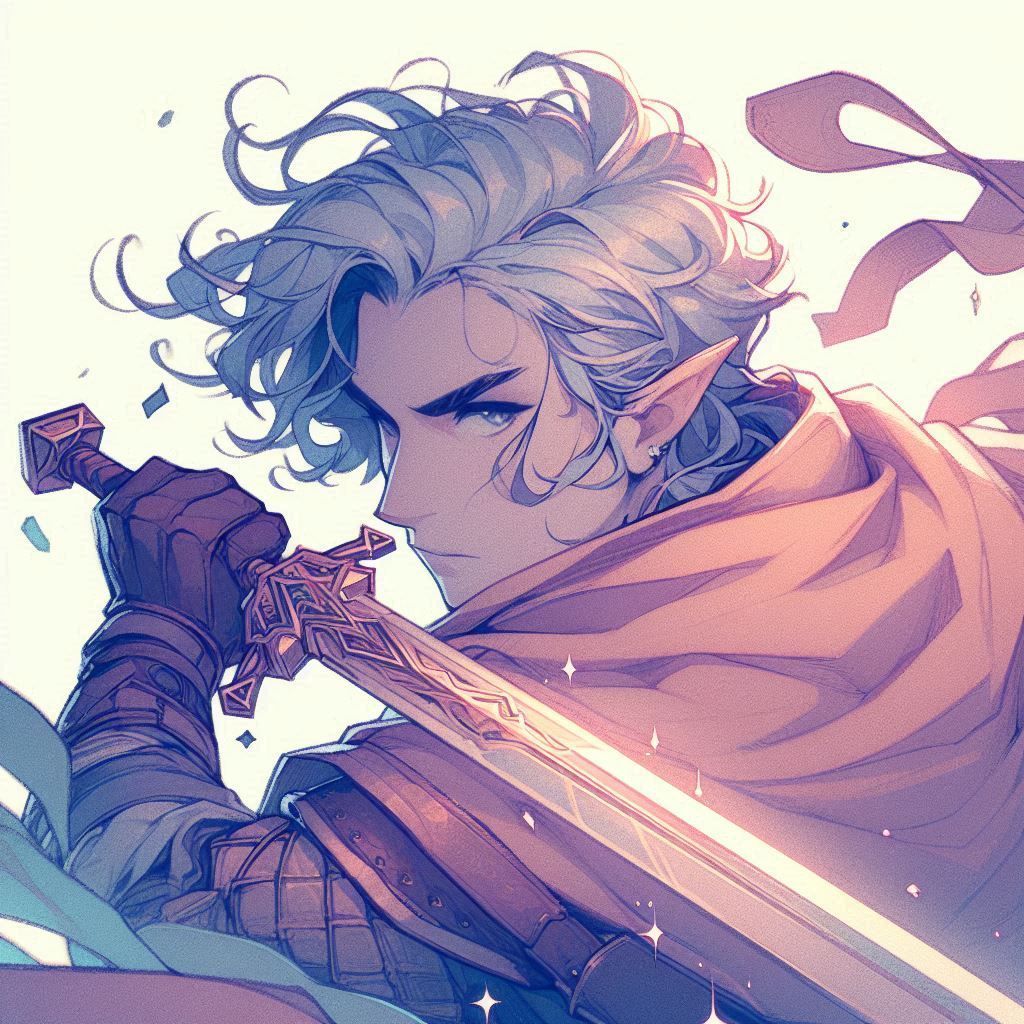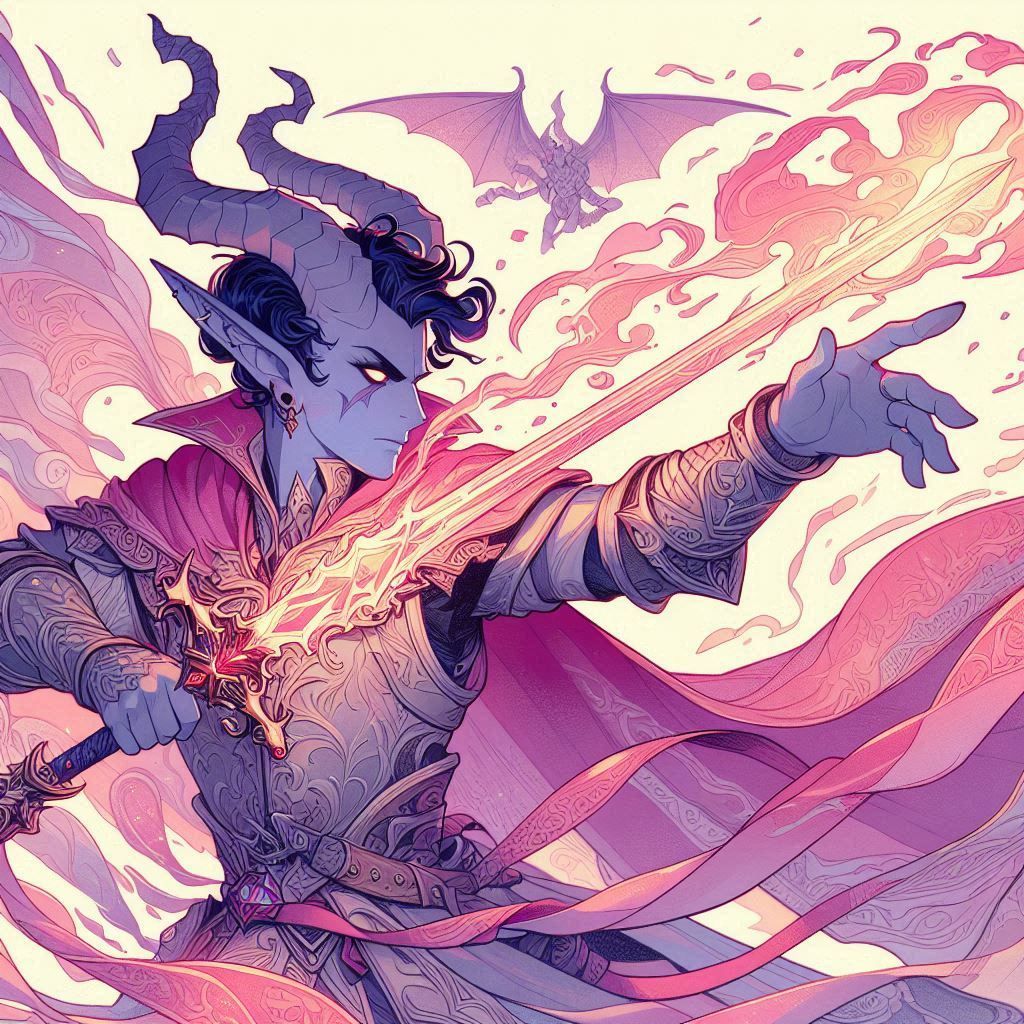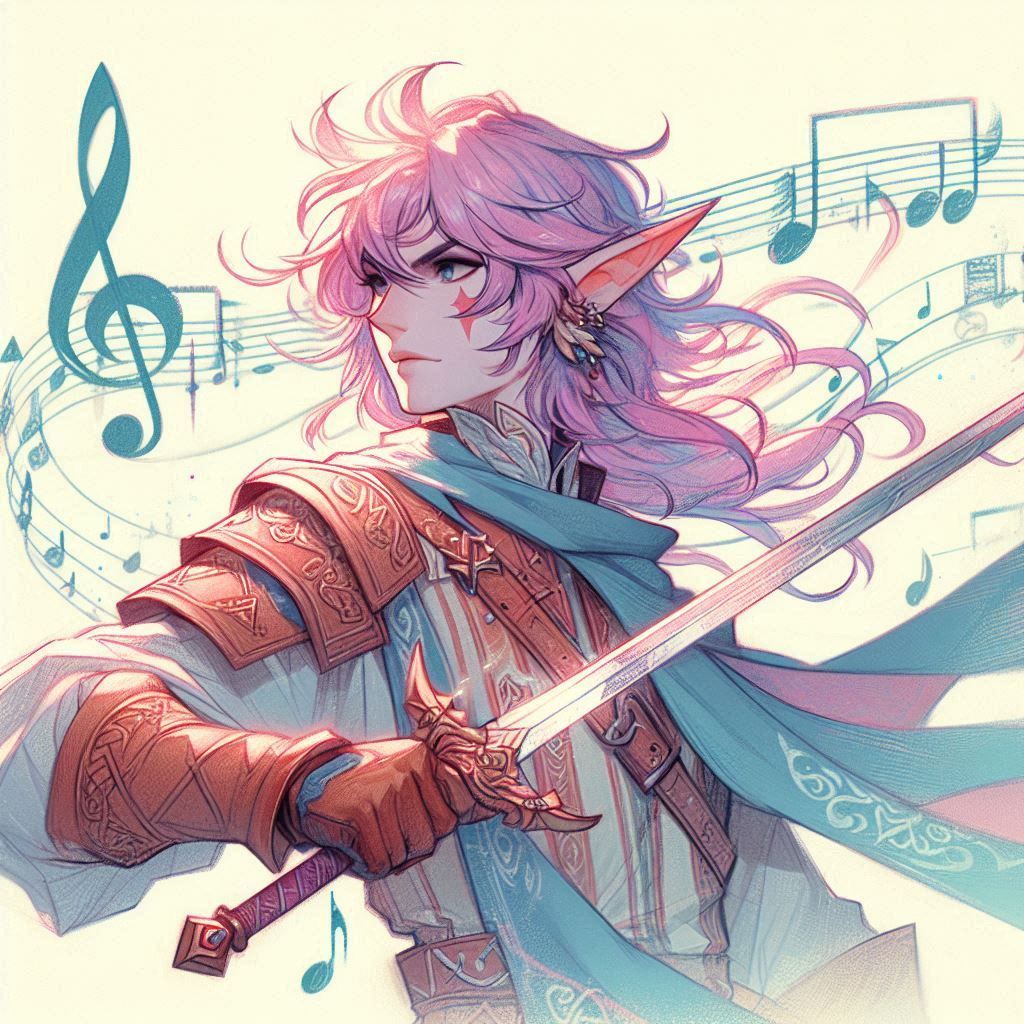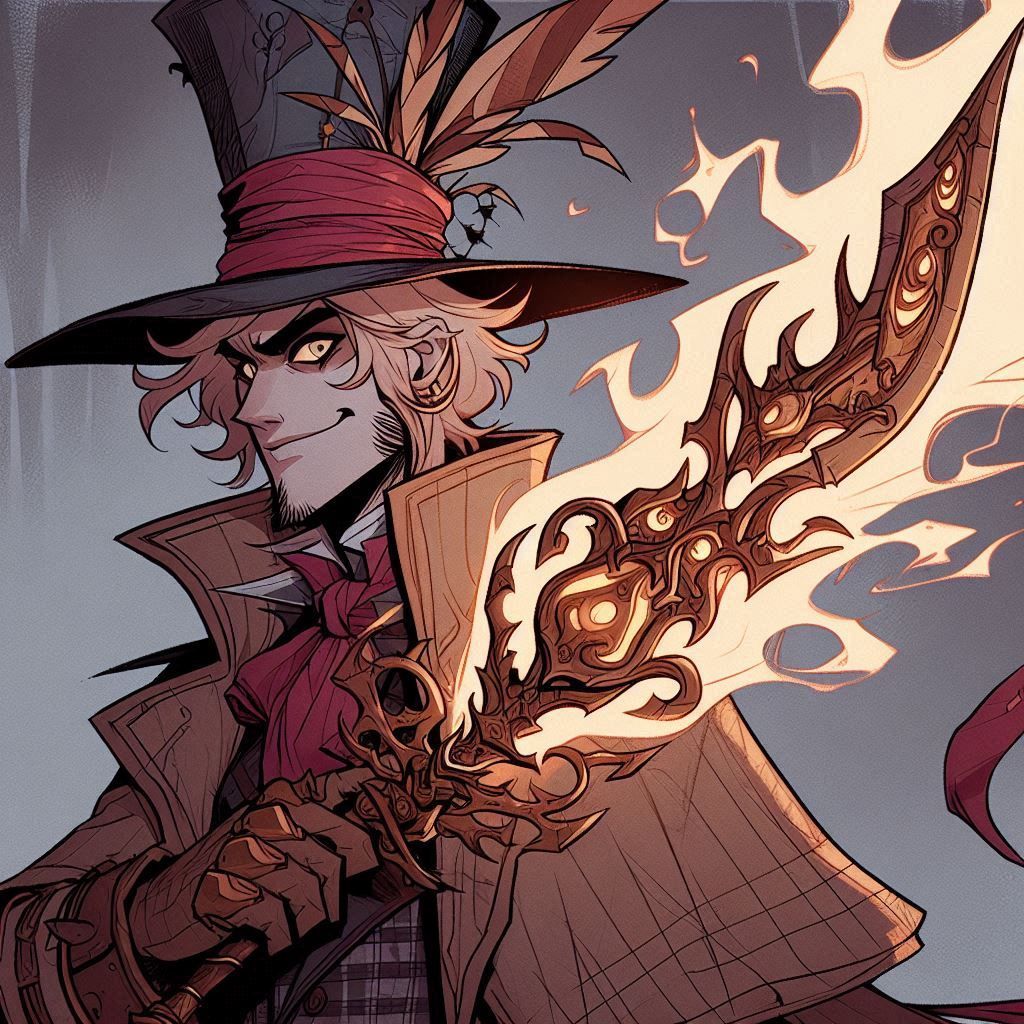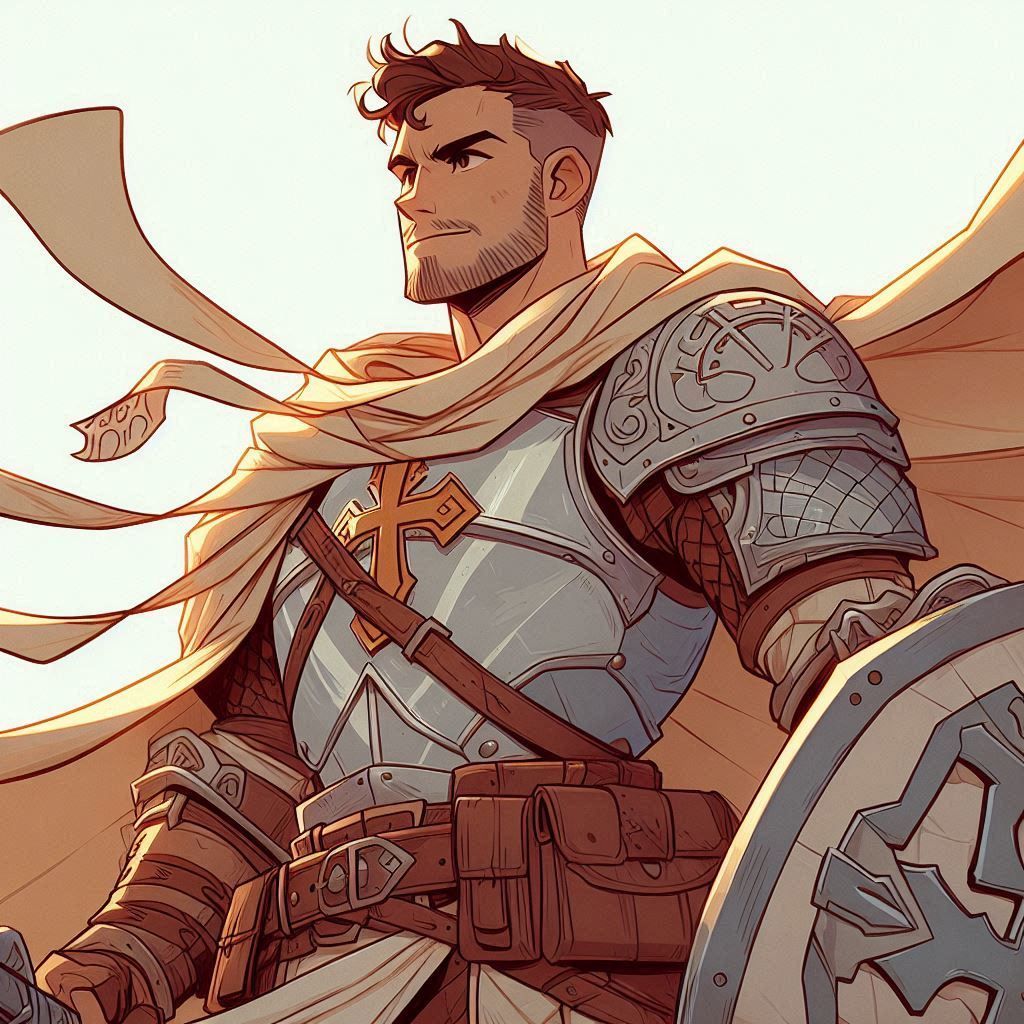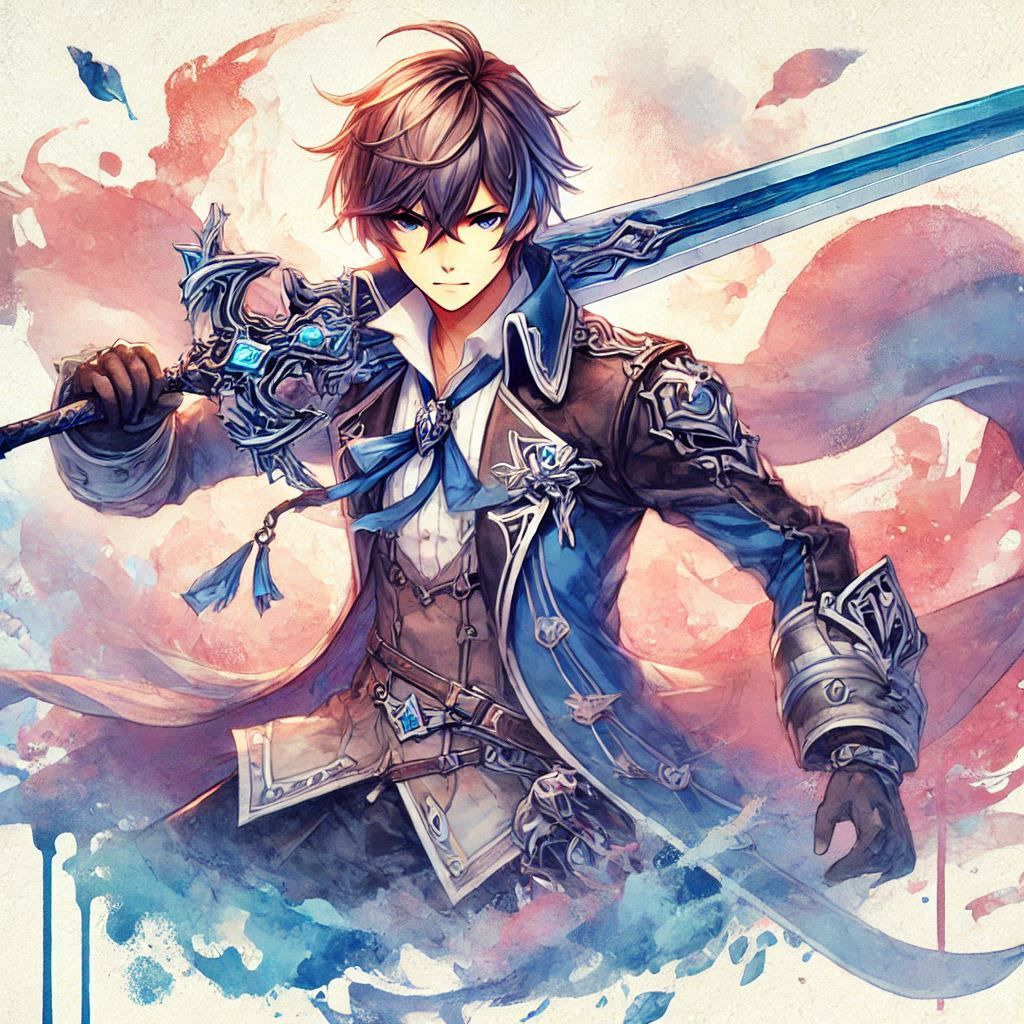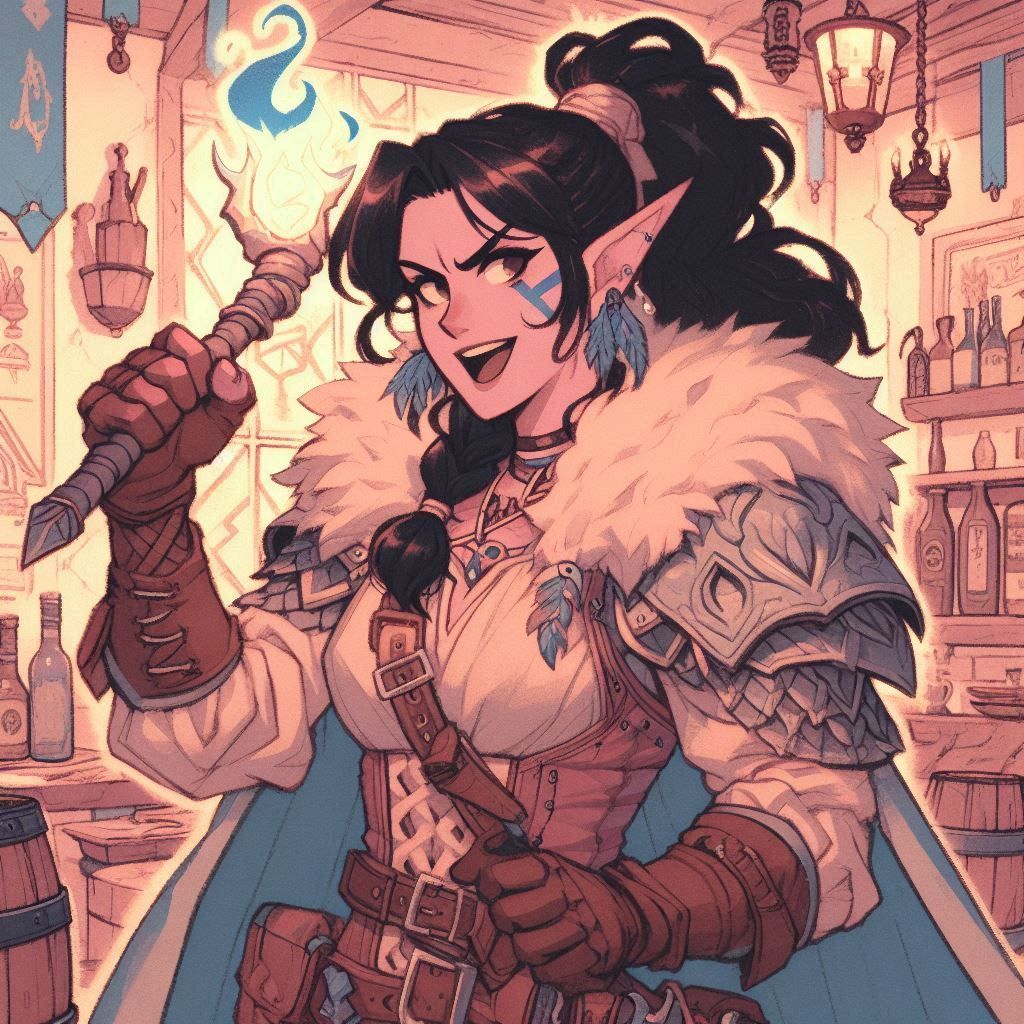- You have advantage on Constitution saving throws to maintain concentration when you take damage.
- You can perform the somatic components of spells even when you have one or both hands occupied or restrained.
- When a hostile creature’s movement provokes an opportunity attack from you, you can use your reaction to cast a spell at that creature instead of making an opportunity attack. The spell must have a casting time of 1 action or less and target only that creature.
Additionally, when you are subjected to an effect that allows you to make a Dexterity saving throw to take half damage, you instead take half damage on a successful save, and no damage if you fail.
Once used, you can't use this feature again until you finish a short or long rest.
You can use this bonus a number of times equal to your proficiency bonus, and you regain all expended uses when you finish a long rest.

